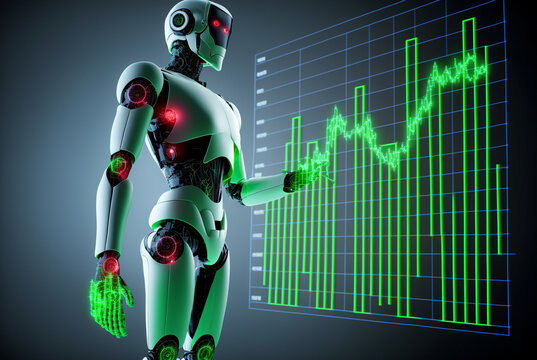The realm of Forex trading has witnessed a significant evolution with the advent of technology. Among the innovations that have transformed the landscape, Forex robots are potent tools traders utilize to automate their trading strategies. These robots, driven by complex algorithms, execute trades on behalf of traders, promising efficiency, speed, and potentially enhanced profitability.
However, comprehending the inner workings of these algorithms is crucial for traders to set realistic expectations and maximize their benefits. In this article, we delve into the mechanisms of forex robot algorithms, unraveling how they operate and offering insights into what traders should anticipate.
Understanding Forex Robot Algorithms:
Evolution of Forex Trading:
Historical context: Traditional manual trading vs. automated trading.
Emergence of algorithmic trading: From institutional to retail traders.
Role of technology: Advancements in computing power, data analytics, and connectivity.
Anatomy of Forex Robot Algorithms:
Data analysis: Utilization of historical data, technical indicators, and market sentiment.
Decision-making processes: Rule-based vs. machine learning algorithms.
Risk management: Incorporating stop-loss, take-profit, and position-sizing strategies.
Execution: Placing and managing trades across various currency pairs and timeframes.
Common Algorithmic Strategies:
● Trend following: Identifying and capitalizing on market trends.
● Mean reversion: Exploiting price fluctuations around statistical averages.
● Breakout trading: Trading on the occurrence of significant price movements.
● Scalping: Profiting from small price changes in high-frequency trading.
● Arbitrage: Capitalizing on price differentials across multiple markets.
Challenges and Limitations:
● Overfitting: Designing algorithms overly optimized for past market conditions.
● Market unpredictability: Unexpected events and black swan events impacting algorithm performance.
● Broker dependencies: Variations in execution speed, spreads, and slippage among different brokers.
● Emotional aspects: Inability to adapt to unforeseen market conditions or outliers.
Realistic Expectations for Forex Robot Users:
● Backtesting vs. live trading: Discrepancies and the importance of forward testing.
● Risk management: Understanding drawdowns, profit targets, and position sizing.
● Continuous monitoring and optimization: Regularly updating algorithms to adapt to changing market dynamics.
● Integration with manual trading: Combining human judgment with automated execution.
Regulatory Considerations and Ethical Implications:
● Regulatory oversight: Compliance with financial regulations and licensing requirements.
● Ethical concerns: Impact of automated trading on market fairness and stability.
● Transparency and accountability: Disclosure of algorithmic strategies and performance metrics you can read more about forex robot.
Future Trends and Innovations:
● Machine learning and AI advancements: Neural networks, deep learning, and natural language processing.
● Quantum computing: Potential for accelerated data processing and algorithmic optimization.
● Decentralized finance (DeFi): Integrating blockchain technology into algorithmic trading platforms.
Conclusion:
Forex robot algorithms represent a powerful fusion of technology and finance, offering traders the potential for automation, efficiency, and profitability in their trading endeavors. However, understanding the intricacies of these algorithms is paramount for setting realistic expectations and navigating the complexities of the Forex market. By comprehending their mechanics, acknowledging their limitations, and embracing continuous learning and adaptation, traders can harness the full potential of Forex robots while mitigating risks and maximizing returns in their trading journey.

